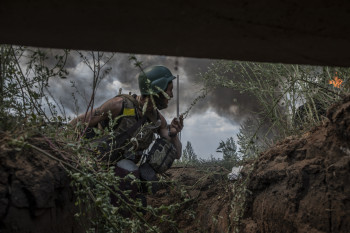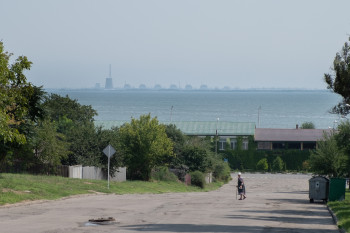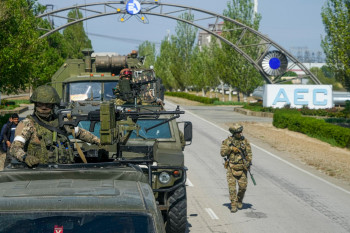Ukraine war latest: Military says counteroffensive in south begins as Russia continues assault on Ukraine
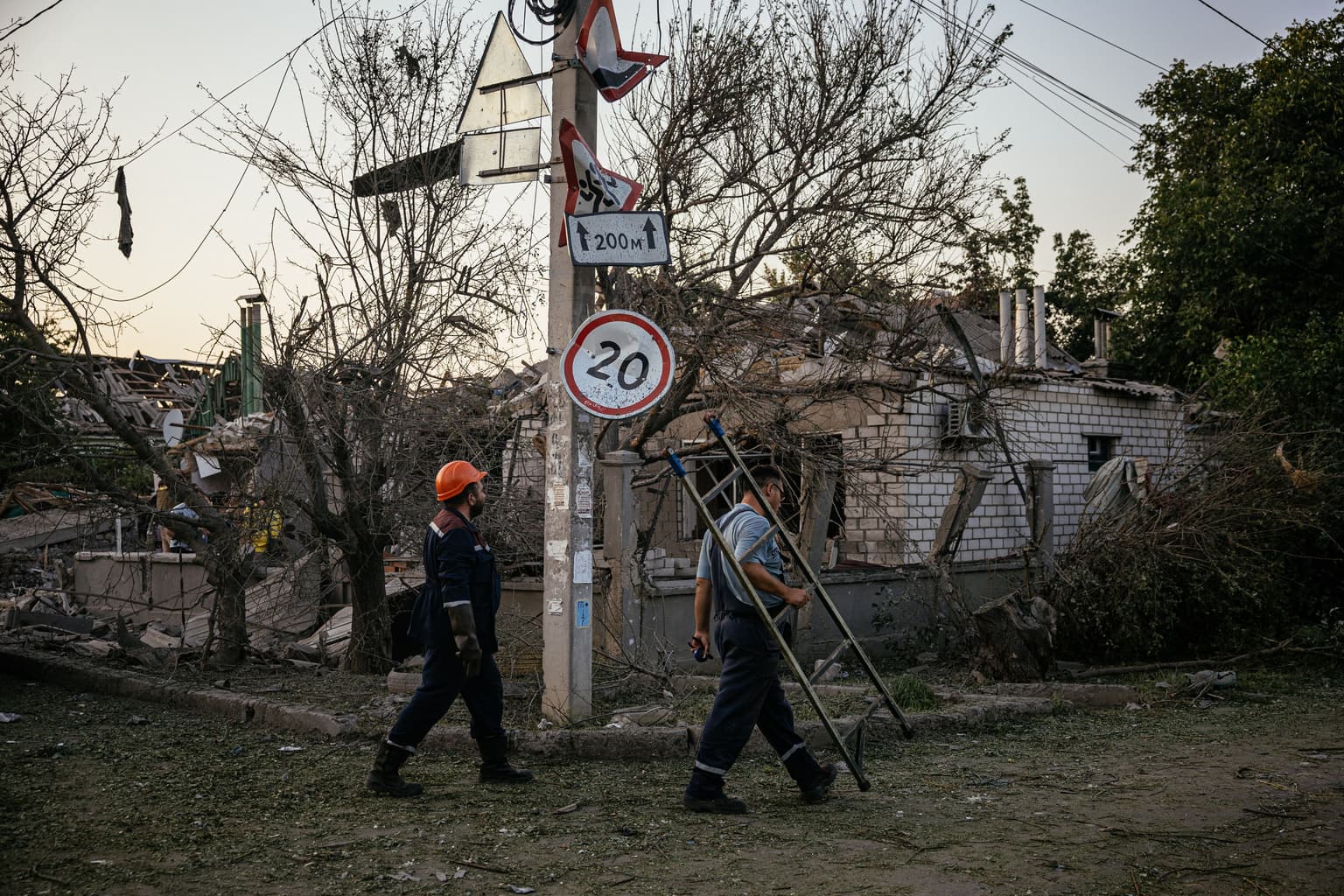
As signs that Ukraine had launched its long-awaited counteroffensive to liberate Russian-occupied Kherson began to emerge on Aug. 29, the Ukrainian government once again called on the remaining residents in occupied Kherson Oblast to evacuate.
The Ukrainian military launched its counteroffensive in “many directions” in the south, Natalia Humeniuk, spokesperson for the Operational Command South, reported on Aug. 29. She said during a briefing that the situation is constantly changing and local residents should either leave urgently or seek shelter.
The anticipation of a major counteroffensive to liberate the southern region under Russian control has been building since early July, when Defense Minister Oleksii Reznikov said that President Volodymyr Zelensky had ordered Ukraine's military to liberate the occupied south, captured in the early days of the full-scale invasion.
Speaking anonymously to CNN in the evening, a source within the Ukrainian military said that its forces had recaptured four villages in Kherson Oblast.
Ukrainian forces broke through the first line of defense near the occupied city of Kherson and into the Berislav machine-building plant, an industrial site reportedly being used as a Russian army base to store its equipment and ammunition, the local branch of Suspilne media reported, quoting the head of the Berislav District Military Administration Volodymyr Litvinov.
Ukraine’s Kakhovka Operational Group also said it had used U.S.-provided high-precision HIMARS rocket launchers to “destroy almost all large bridges” linking Kherson to the occupied Crimean peninsula, from which Russia transfers weapons and personnel to bolster its position in the area.
The counteroffensive, which Humeniuk said was aimed at exhausting the invading forces and preventing them from advancing further, has been ongoing for some time.
Humeniuk said that while such an ambitious operation won’t be easy, Russian troops’ degraded morale might serve as an advantage.
“But it’s too early to say anything,” Humeniuk said.
President Zelensky's vow to launch a counteroffensive in the south of Ukraine is expected to change the course of the war. Using long-range, precision-guided rockets supplied by the U.S., the Ukrainian military has effectively targeted Russian positions behind the front line in a bid to retake Moscow-controlled territories.
Major General Dmytro Marchenko said in an interview with a local media that Ukraine plans to recapture Kherson and end the active phase of the war by end of the year before the difficult winter season kicks in.
In his evening address to the nation, President Zelensky urged Russian soldiers to go home or surrender, otherwise "they will deal with our defenders, who will not stop until they liberate everything that belongs to Ukraine."

Continued Russian bombardment
In the southern city of Mykolaiv, located around 100 kilometers from Kherson, Russian shelling on a residential area killed at least two people and wounded five others, the Security Emergency Service of Ukraine reported.
Mykolaiv Mayor Oleksandr Senkevych later reported that a total of 24 people had been injured throughout the day.
Later in the evening, Ukraine’s Armed Forces reported explosions in the city of Zaporizhzhia and Kryvyi Rih in Dnipropetrovsk Oblast, without disclosing further details. The casualties of either incident are currently unknown.
Also in Dnipropetrovsk Oblast, Ukraine’s General Prosecutor’s office reported that a woman was killed and five other people were injured due to an overnight Russian shelling in Nikopol, a town that lies across the Dnipro River from the Zaporizhzhia nuclear power plant.
The regional military administration said early on Aug. 29 that 2,600 households have been left without electricity in Nikopol as a result of Russian attacks but that electricians are already working on restoring power to residents.
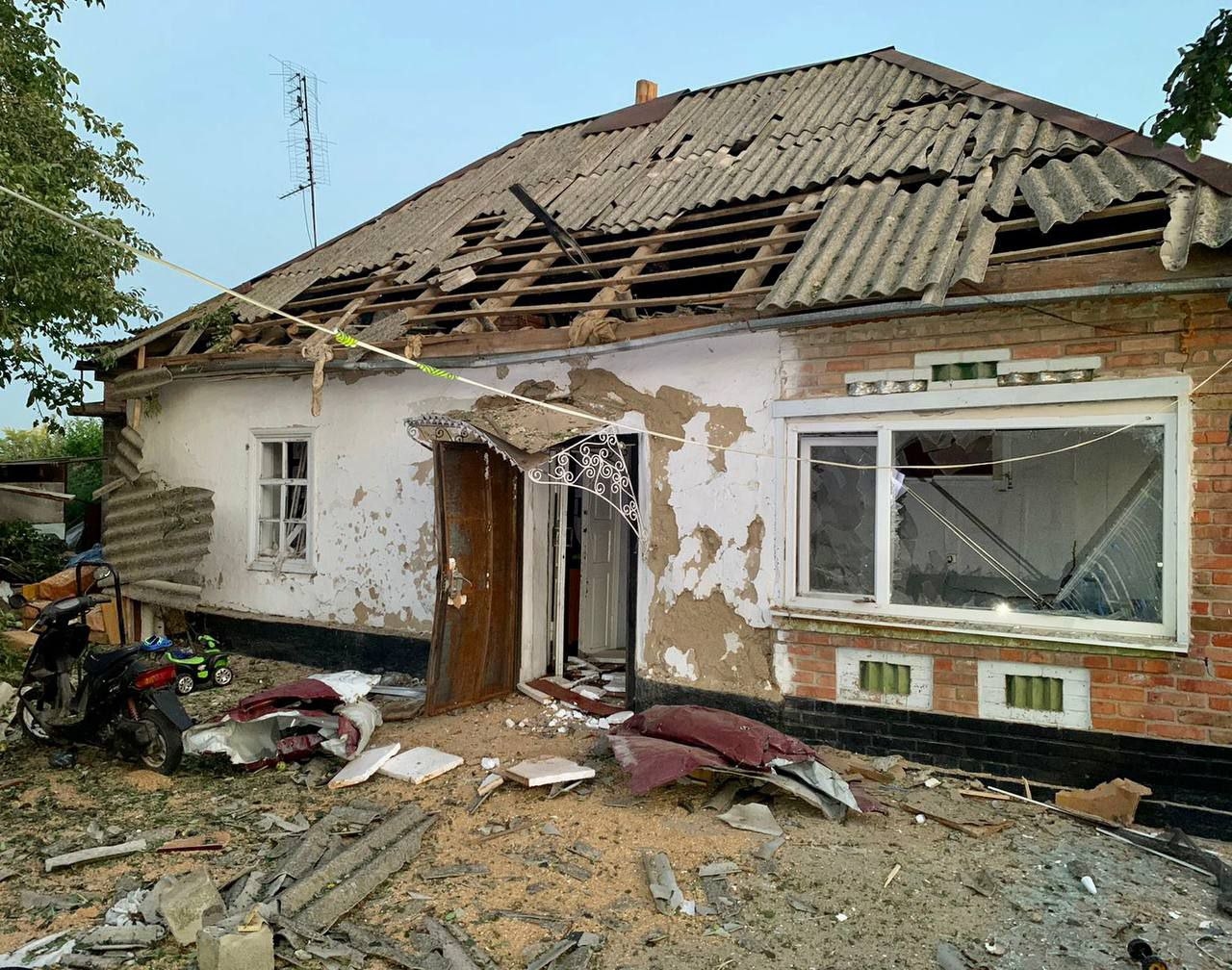
To the east in Donetsk Oblast, the embattled region’s Governor Pavlo Kyrylenko reported that eight people were killed and seven more were injured a day before on Aug. 28, raising the death toll to at least 775. These figures do not include casualties in its now-occupied cities, such as Mariupol and Volnovakha.
Russian forces also tried to advance toward Donetsk Oblast cities such as Bakhmut, Sloviansk, Kramatorsk and Avdiivka but their attempts failed, according to Ukraine’s military.
In Kharkiv, Ukraine’s second-largest city, a fresh round of Russian shelling of cluster munitions in the morning wounded a 77-year-old man in the center and damaged nearby residential buildings, Kharkiv Oblast Governor Oleh Synyehubov said.
In Kharkiv Oblast, the military reported that Russian forces shelled at least 10 settlements with tanks, combat vehicles, barrel and jet artillery. Synyehubov said, citing the Center for Emergency Medical Assistance, that two people in Kharkiv Oblast had been hospitalized.
The General Staff of the Ukrainian Armed Forces also said in its on Aug. 29 briefing that Russian forces continued to shell territories in Ukraine’s northern Chernihiv and Sumy oblasts with barrel artillery.
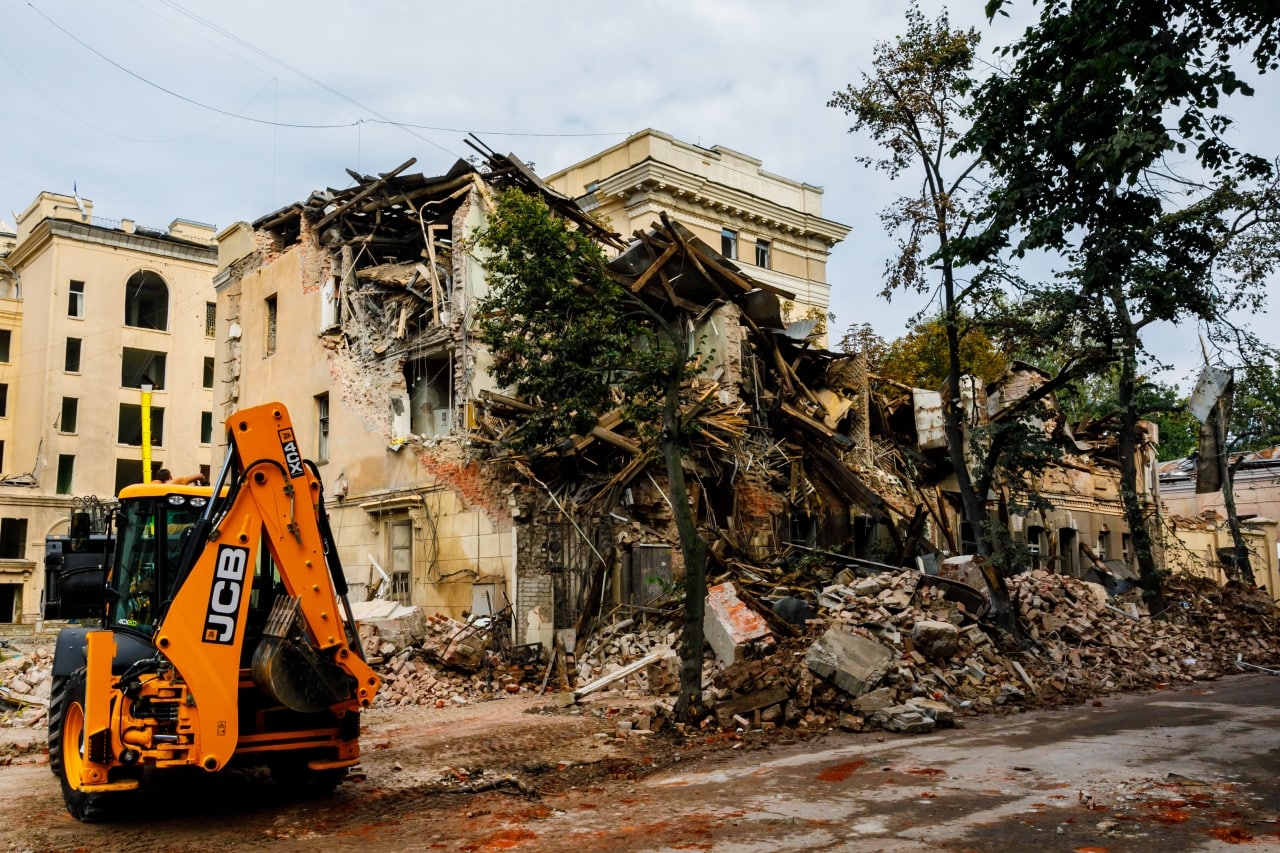
Anticipated UN nuclear watchdog visit
As the battle raged in the east and south of Ukraine, there was a sign of hope regarding the critical situation at the Zaporizhzhia nuclear plant.
A delegation of more than a dozen nuclear experts from the International Atomic Energy Agency (IAEA) was set to arrive in Kyiv on Aug. 29 to head to the Russian-held Zaporizhzhia plant for inspection, the foreign ministry said.
Foreign Minister Dmytro Kuleba said in the afternoon that he had coordinated the mission’s details with IAEA Director General Rafael Grossi and the team was on its way.
While highlighting how important it was for Ukraine to have an IAEA team inside the plant in a bid to prevent a possible nuclear catastrophe, Kuleba believes this will be “the most difficult” mission in the organization’s history.
Kulueba also said Ukraine expects the mission to end with a clear statement about Russia’s violations of nuclear safety protocols at Europe’s largest nuclear plant.
“We must force them (Russian troops at the plant) to leave,” Kuleba said. “This is the only way to ensure nuclear safety at the power plant.”
Earlier on Aug. 25, a nearby fire caused by Russian shelling disconnected the Zaporizhzhia Nuclear Power Plant from the Ukrainian grid for the first time in its history, its operator said.
The two operating reactors were later reconnected to the Ukrainian grid but the incident heightened nuclear fears across the world as Ukraine and Russia continue to trade more blame each other for the shelling of the plant.
The danger at the Zaporizhzhia nuclear plant is “considerably high,” Hryhorii Plachkov, former head of the State Inspectorate for Nuclear Regulation of Ukraine (SNRIU), told the Kyiv Independent.
Emphasizing that this is the first war in history that a state has seized a nuclear facility of another state, Plachkov said last week’s incident was dangerous because it stopped the flow of energy from the plant.
Ukraine has called for complete demilitarisation of the area around the Zaporizhzhia nuclear plant, though its appeal was rejected by the Kremlin, with its spokesperson Dmitry Peskov saying that such a proposal is “not being discussed now.”


